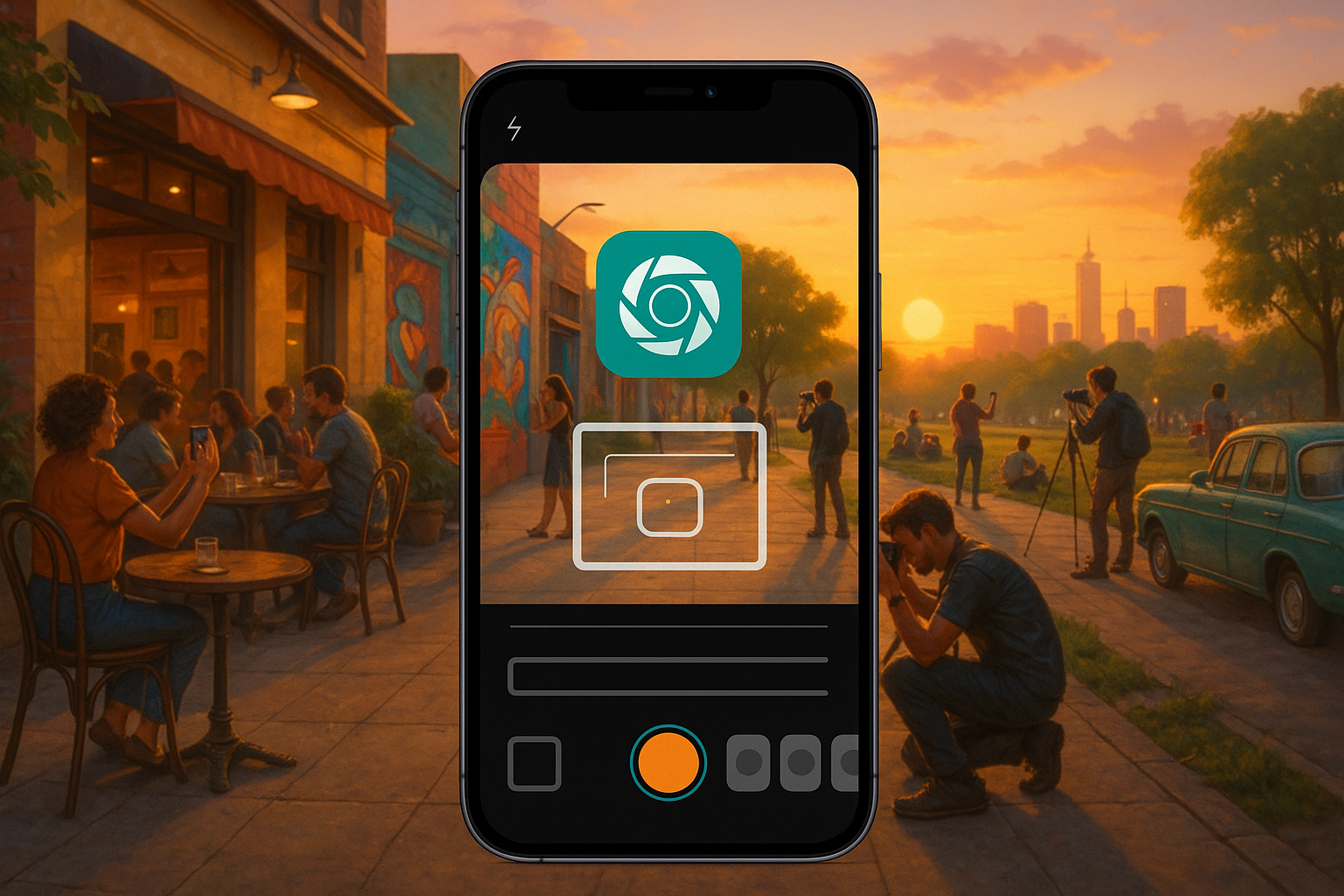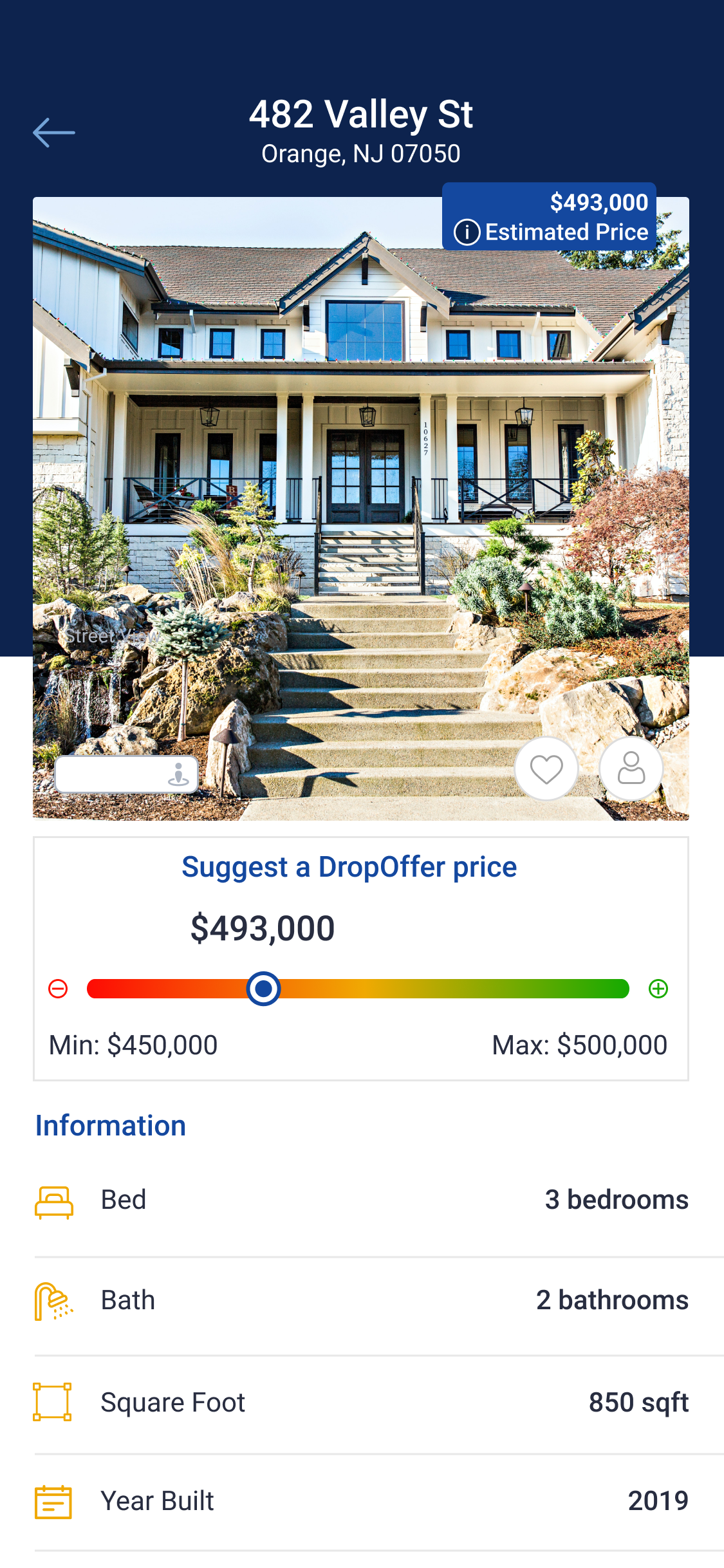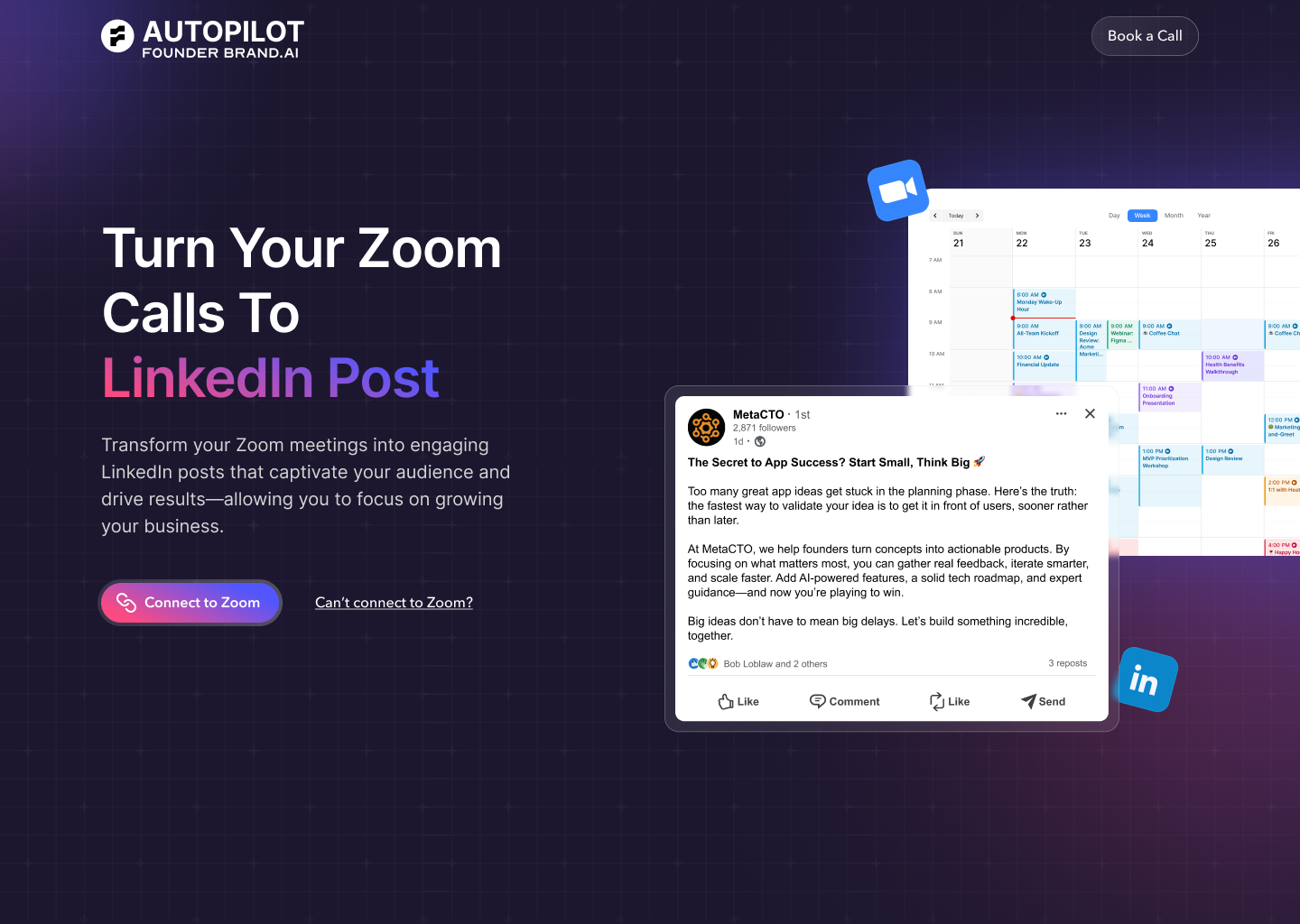Introduction
In our digitally connected world, the calendar has evolved from a simple paper grid to a sophisticated digital hub for organizing our personal and professional lives. For businesses, a well-integrated calendar or scheduling app is no longer a luxury but a critical piece of infrastructure for operations, customer engagement, and team collaboration. However, the path to developing or integrating a robust calendar app is fraught with unexpected complexities. Many organizations discover that building a scheduling solution from the ground up or adapting an existing one is a formidable task, riddled with high costs, technical roadblocks, and security hurdles.
It’s a challenge that can drain resources, delay timelines, and ultimately result in a product that fails to meet user expectations. From ensuring cross-platform synchronization to navigating the walled gardens of major tech ecosystems, the development process requires deep technical expertise and strategic foresight.
This article serves as a comprehensive guide to the world of calendar app development. We will explore the fundamental nature of these applications, dissect the significant challenges teams face when building them in-house, and survey the landscape of different calendar app types. Furthermore, we will provide a realistic cost estimate for development and introduce the leading companies that have mastered this space.
As a top US AI-powered app development firm with over 20 years of experience, we at MetaCTO have guided countless partners through these complexities. We specialize in transforming ambitious ideas into market-ready mobile apps, and we understand the nuances of integrating powerful, intuitive calendar and scheduling functionalities. This guide will leverage our expertise to provide you with the insights needed to make informed decisions for your next project.
What is a Calendar App?
At its core, a calendar app is a digital tool designed for time management and event scheduling. However, modern calendar applications are far more than simple datekeepers. They are complex ecosystems built to serve as the central nervous system for a user’s or a team’s daily activities. The primary function is to allow users to create and manage events, complete with titles, specific dates, and times. But the functionality quickly expands from there.
A foundational feature of any effective calendar app is the ability to set reminders and alerts, ensuring that users never miss an important appointment or deadline. This often includes sophisticated options, such as location-based reminders that trigger an alert when a user arrives at or leaves a specific geographic area, or travel time estimates that intelligently factor commute times into event alerts.
Perhaps the most critical technical aspect of a modern calendar app is synchronization. Users expect their schedules to be consistent and accessible across all their devices—be it a smartphone, tablet, laptop, or desktop. This requires seamless syncing with cloud services like Google Calendar, Apple’s iCloud, Microsoft Exchange, and Yahoo. Advanced calendar apps also support open standards like CalDAV, allowing them to integrate with a wider array of platforms and services.
Beyond personal organization, calendar apps are powerful tools for collaboration and external scheduling. They facilitate the sharing of calendars among team members, significant others, or entire organizations, providing a transparent view of availability. Many apps now incorporate sophisticated appointment booking features, allowing external clients or colleagues to schedule meetings directly on a user’s calendar based on their free time, eliminating the tedious back-and-forth of finding a suitable slot. Some advanced solutions even leverage AI-powered scheduling to automatically manage, find time for, and rearrange appointments for optimal efficiency.
In essence, a modern calendar app is an integrated platform that combines:
- Event Creation and Management: The basic ability to add, edit, and delete events.
- Reminders and Notifications: Customizable alerts to keep users on track.
- Multi-Platform Syncing: Consistent data across devices and services.
- Collaboration and Sharing: Shared calendars for teams and groups.
- Appointment Scheduling: Tools for booking meetings with external parties.
- Advanced Integrations: Connections with other apps (e.g., Maps, Safari) and support for advanced features like natural language processing for event creation.
Reasons It Is Difficult to Develop a Calendar App In-House
Embarking on the journey to build a calendar scheduling infrastructure from the ground up often seems like a logical step for a company wanting full control over its user experience. However, this path is laden with significant and often underestimated challenges that can impact budget, timeline, and the final product’s quality.
Significant Financial and Time-Based Costs
One of the most immediate and significant hurdles is cost. This isn’t just about the initial price tag; it’s a multi-faceted financial drain. The time-based cost is a primary concern. Developing a robust, bug-free calendar system is a lengthy process requiring dedicated hours from skilled engineers, designers, and project managers. Every hour spent is a direct cost to the company.
Furthermore, there is no guarantee that the infrastructure you’re paying to build will work as intended right away. The development process is iterative, and unforeseen bugs are inevitable. Each bug that needs to be sorted out adds an additional line to the ledger, extending timelines and inflating the budget. If you rely on contractors, the number of other projects they are handling simultaneously can indirectly contribute to unforeseen and costly delays. What starts as a defined project can quickly spiral into a resource-intensive marathon.
The Walled Gardens of Existing Platforms
The current market for calendar infrastructure is dominated by a few major players, and many of their products have been built to create “walled gardens.” These ecosystems are designed to keep users and their data within a specific suite of products. For a business trying to build a new solution, this presents a massive integration challenge.
Many existing appointment booking products are part of larger corporate subsidiaries that are vested in maintaining their ecosystem’s dominance. This means they are often intentionally complex, difficult to customize, and not white-label friendly. If your business goal is to keep your brand front and center in the customer’s mind, the third-party infrastructure you’re forced to use might have conflicting objectives. It can be incredibly challenging to integrate your app with these products without sacrificing your brand identity or user experience.
Technical Complexity and Lack of Customization
Beyond the strategic challenges of walled gardens, the technical complexity itself is a major barrier. Current calendar products are often overly complex, making them difficult to integrate with other software. They are frequently rigid and hard to customize, forcing developers to build cumbersome workarounds rather than elegant solutions.
This lack of flexibility can stifle innovation. If your app has a unique scheduling need or a novel user workflow, you may find that off-the-shelf solutions cannot be adapted to fit your vision. Building it yourself requires deep expertise in handling time zones, recurring events, cross-platform syncing protocols, and API integrations—a skillset that is both rare and expensive.
Security, Compliance, and Longevity Guarantees
In today’s data-sensitive world, security and compliance are non-negotiable. However, almost none of the existing calendar scheduling solutions on the market are simultaneously compliant with GDPR, SOC2, and HIPAA. This severely limits the options for businesses operating in industries that require a high degree of security, such as healthcare or finance. Building a compliant solution in-house requires a massive investment in security infrastructure and legal oversight.
Additionally, data privacy is a growing concern. Many scheduling infrastructure products profit twice: once from your subscription fees and a second time by gathering and monetizing your users’ data. This creates a fundamental conflict of interest.
Finally, very few scheduling solutions come with a longevity guarantee. If you build your entire business workflow around a third-party service, what happens if that service shuts down, gets acquired, or pivots its business model? This risk can leave your business stranded, forcing a costly and disruptive migration to a new platform. If you build it yourself, you control the longevity, but you also bear the full burden of ongoing maintenance and support costs, which are often not included in initial development estimates.
Different Types of Calendar Apps
The calendar app market is diverse, with solutions tailored to different user needs, platforms, and budgets. Understanding these categories is crucial for deciding whether to build, buy, or integrate.
Free, Platform-Centric Apps
These are the default calendar applications provided by the major technology ecosystems. They are typically free and tightly integrated with the parent company’s other services.
- Google Calendar: Widely considered the best free calendar app for teams, Google Calendar is a powerhouse of collaborative features. It is available for free with any Google account and is a core component of the Google Workspace suite (starting at $6/user/month for business plans). Google is progressively embedding AI features into its apps, with plans to fully integrate its Bard chatbot, promising even smarter scheduling in the future.
- Apple Calendar: As the default calendar on macOS, iOS, and iPadOS, Apple Calendar is the best free option for users invested in the Apple ecosystem. It boasts a simple, beautiful, and intuitive design that lets users focus on their events rather than the app. It syncs effortlessly via iCloud and can also be configured to sync with other services like Google Calendar and Microsoft Exchange. Its strengths lie in its simplicity, natural language event creation, and deep integration with the Apple operating system, including Siri and drag-and-drop support.
Enterprise and Microsoft-Centric Apps
This category is dominated by Microsoft’s offering, which is designed to serve its massive user base, particularly in the corporate world.
- Microsoft Outlook Calendar: This is the best calendar app for dedicated Microsoft users. It is available for free on Outlook.com and through free mobile apps, but its true power is unlocked within the Microsoft 365 subscription plans (starting around $6-$7/month for personal or basic business tiers). Like Google, Microsoft is aggressively integrating AI into its products, with its Copilot assistant now in Outlook. This AI integration promises powerful new features, such as providing summaries and action items from meetings that users couldn’t attend.
Premium and Specialized Apps
These applications are built for power users who demand more features, superior design, and deeper customization than what free options provide. They often come with a significant price tag.
- Fantastical: Limited to Apple devices, Fantastical is renowned for its powerful and beautiful design, with an incredible attention to detail that makes it intuitive to use. While its premium plan is expensive for a personal calendar (starting from $5/month), it offers a host of advanced features that justify the cost for many. It is best known for its best-in-class natural-language event creation, which can parse complex sentences into perfectly formatted calendar entries. Fantastical integrates deeply with the Apple ecosystem (widgets, Handoff support) while also syncing with a vast array of services including iCloud, Google, Exchange, and more. It also provides a seamless and powerful appointment scheduling feature that integrates directly into the user’s primary calendar.
AI Scheduling Tools
This emerging category represents a different approach. These are typically not standalone calendar apps but rather intelligent layers built on top of existing calendar services like Google Calendar or Outlook.
- AI Schedulers: These tools excel at automatically managing and rearranging schedules to find the best times for meetings and tasks. However, they almost all rely on a dedicated calendar service for their foundation. While our testing found that none could fully double as a standalone calendar, they are excellent at their specific task. A major limitation is that most AI schedulers do not have a mobile app, making them more of a desktop-centric productivity tool.
Cost Estimate for Developing a Calendar App
The cost of developing a custom calendar app is not a single number; it’s a range that depends on a variety of critical factors. A simple app with basic features will naturally cost less than a complex, AI-driven platform. Understanding these factors is the first step in creating a realistic budget.
Key Factors Influencing Development Cost
- Features and Complexity: This is the most significant cost driver. The more features and functionalities you include, the higher the development cost. A simple app might only include event creation, reminders, and basic syncing. A complex app could involve AI-powered scheduling, location-based reminders, deep integration with third-party apps, multi-user collaboration tools, and sophisticated security protocols.
- Platform Choice: Developing a native app specifically for iOS or Android provides the best performance and user experience but will cost more than creating a single cross-platform app that works on both operating systems. The choice depends on your target audience and performance requirements.
- Development Team Location: The geographic location of your development team dramatically impacts the cost. Offshore teams in regions like India or Eastern Europe generally have lower hourly rates compared to onshore teams in the United States or Western Europe.
- Development Timeline: A compressed or rushed timeline will typically increase costs. It may require more developers working simultaneously or paying overtime rates to meet an aggressive deadline.
- UI/UX Design: While it’s possible to use basic, template-based designs, investing in professional, custom UI/UX design will increase the upfront cost. However, a well-designed app leads to higher user adoption and satisfaction, providing a significant return on investment.
Estimated Cost Breakdown
Based on these factors, the development cost for a custom calendar app can range from $30,000 to $150,000 or more. These estimates typically cover the full cycle of development, design, testing, and deployment. It is crucial to remember that these figures do not include ongoing costs for maintenance and support.
Here is a general breakdown:
| App Complexity | Estimated Cost Range | Key Features |
|---|---|---|
| Simple Calendar App | $30,000 - $60,000 | Basic event creation, reminders, and syncing with one or two platforms. |
| Basic Calendar App | $60,000 - $100,000 | All simple features plus improved UI/UX, multi-calendar support, and sharing. |
| Complex Calendar App | $100,000 - $150,000+ | All basic features plus advanced functions like AI scheduling, third-party integrations, location-based alerts, and enterprise-grade security. |
How to Reduce Development Costs
While building a quality app requires investment, there are strategic ways to manage and reduce the initial development cost:
- Prioritize Features: Start with a Minimum Viable Product (MVP). By launching with only the most essential features, you can get to market faster, gather user feedback, and reduce the initial financial outlay. You can then add more complex features in later iterations.
- Choose the Right Platform: Carefully consider whether a native or cross-platform approach is best for your MVP. A cross-platform app can significantly reduce initial costs.
- Outsource Development: Partnering with a reputable custom application development company, especially one with a flexible model, can help reduce costs while ensuring high-quality results.
- Use an App Cost Calculator: Tools like this can provide a rough estimate based on your specific requirements, helping you to budget more effectively from the outset.
By carefully considering these options, you can develop a strategy that balances your vision with your budget. Engaging with an experienced partner like MetaCTO can help you navigate these decisions, especially through services like our Rapid MVP Development program, designed to launch a streamlined version of your app in 90 days or less.
Top Calendar App Development Companies
The landscape of calendar apps is shaped by both tech giants who provide foundational platforms and specialized developers who push the boundaries of design and functionality. When looking to build or integrate, it’s wise to understand the strengths of the key players.
1. MetaCTO
As a premier mobile app development agency, we at MetaCTO are not just developers of a single product; we are expert integrators and creators of custom solutions. We specialize in helping businesses build, grow, and monetize their mobile apps, and that includes tackling the immense challenge of calendar and scheduling integration.
Many businesses struggle when trying to weave calendar functionality into their existing apps. The reasons for this are clear from the challenges we’ve discussed: existing solutions are often walled off, difficult to customize, and challenging to integrate with other products without disrupting the user experience. This is where an expert development agency becomes invaluable.
We handle every step of the process, from validating your idea with a 90-day MVP to building a robust, market-ready app, and helping you grow your user base. Our expertise in AI Development allows us to integrate cutting-edge features, from custom chatbots to advanced machine learning models for intelligent scheduling, similar to the AI capabilities being rolled out by major players like Google and Microsoft. We help you avoid the pitfalls of building from scratch while giving you the custom, white-labeled solution that off-the-shelf products can’t provide. By partnering with us, you get a technology roadmap that increases profit and aligns with your business goals, a service we refine through our Fractional CTO offerings.
2. Google
Google is a dominant force in the calendar space, primarily through its flagship product, Google Calendar. It is provided free with a Google account and serves as the backbone for countless individuals and businesses, especially those using Google Workspace. The company’s development strategy is focused on continuous improvement and the deep integration of AI. Eventually, Google Calendar will fully integrate with Bard, its chatbot, to offer powerful, predictive scheduling assistance.
3. Microsoft
Microsoft’s development efforts are centered on the Microsoft Outlook Calendar, a cornerstone of its Microsoft 365 ecosystem. The company is aggressively infusing AI into its products with its Copilot assistant. New features are being showcased that will allow Outlook to automatically generate summaries and action items from meetings, demonstrating a commitment to making the calendar a proactive assistant rather than a passive tool.
4. Apple
Apple’s approach to calendar development is consistent with its broader design philosophy: create simple, beautiful, and intuitive software that is deeply integrated into its hardware. Apple Calendar is the default on all Macs, iPhones, and iPads. Development focuses on seamless syncing through iCloud, tight integration with Siri for voice-activated event creation, and user-friendly features like natural language parsing and travel time estimates. While it’s designed for the Apple ecosystem, it can be configured to sync with other major calendar services.
5. Flexibits (Developers of Fantastical)
Flexibits represents the boutique, premium developer. The company behind Fantastical has shown a meticulous, user-centric approach to development. They have thought carefully about every design element to make their calendar intuitive and powerful. Their focus on best-in-class natural language processing, a beautiful interface, and seamless integration with a wide range of services sets a high bar for what a third-party calendar app can be. This demonstrates that a dedicated, focused development team can create a product that successfully competes with those from tech giants by offering a superior user experience.
Conclusion
Developing or integrating a calendar app is a far more complex endeavor than it first appears. As we’ve explored, the journey is filled with potential pitfalls, from staggering in-house development costs and unforeseen delays to the frustrating limitations of existing platforms, which are often walled off, difficult to customize, and laden with security concerns. The market offers a wide array of options, from the free, ecosystem-driven apps by Google and Apple to powerful, premium solutions like Fantastical, each with its own set of strengths and weaknesses.
Understanding the true cost—which spans from $30,000 for a simple app to over $150,000 for a complex one—and the factors that drive it is essential for any business leader or entrepreneur considering this path. The choices you make regarding features, platforms, and your development partner will have a lasting impact on your product’s success.
Navigating this intricate landscape requires more than just technical skill; it demands strategic expertise and a deep understanding of the market. Attempting to integrate a generic calendar solution can compromise your brand and user experience, while building from scratch can deplete your resources. The optimal path is often to work with a partner who can bridge that gap.
At MetaCTO, we specialize in transforming your vision into a reality without the headaches. We build custom, AI-enabled mobile applications that seamlessly integrate the precise calendar and scheduling functionality your product needs. Let us help you build your app the right way, from day one.
Talk with a Calendar expert at MetaCTO today to discuss how we can integrate a powerful, intuitive, and perfectly branded scheduling solution into your product.






